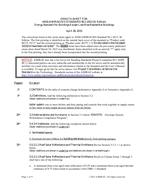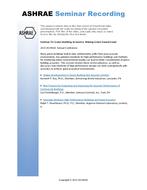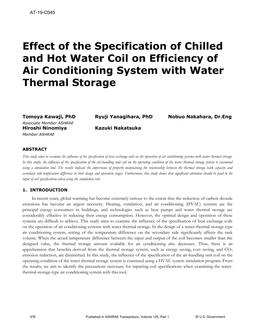Cigarette smoking has been found to be causally related to cancer, cardiovascular disease, and pulmonary disease. Based upon a 1,078,894 person prospective epidemiological study covering 25 states, statistically significant dose-response relationships between exposure to tobacco smoke and loss of life expectancy have been calculated.1 These data indicate that a 30-year-old male who smokes between 1 and 9 cigarettes per day (light smoking) suffers an average. 6-year loss of life expectancy, compared with an 8.1-year loss for smokers of more than 40 cigarettes per day (heavy smoking). Thus, although the exposure in light smoking is less than 25% of that in heavy smoking, the risk for light smoking is more than 50%, implying that the dose-response curve for morbidity and mortality may be very steep.
The foregoing studies indicate the serious extent to which exposure to ambient tobacco smoke affects the health of the nonsmokers. Therefore, because the concentrations of tobacco smoke in building interiors are partly determined by ventilation rates, the ventilation rates prescribed for the control of tobacco smoke clearly have profound public health significance.
Citation: Symposium, ASHRAE Transactions, Volume 88, Part 1, Houston, TX
Product Details
- Published:
- 1982
- Number of Pages:
- 20
- File Size:
- 1 file , 1.8 MB
- Product Code(s):
- D-HO-82-06-2


